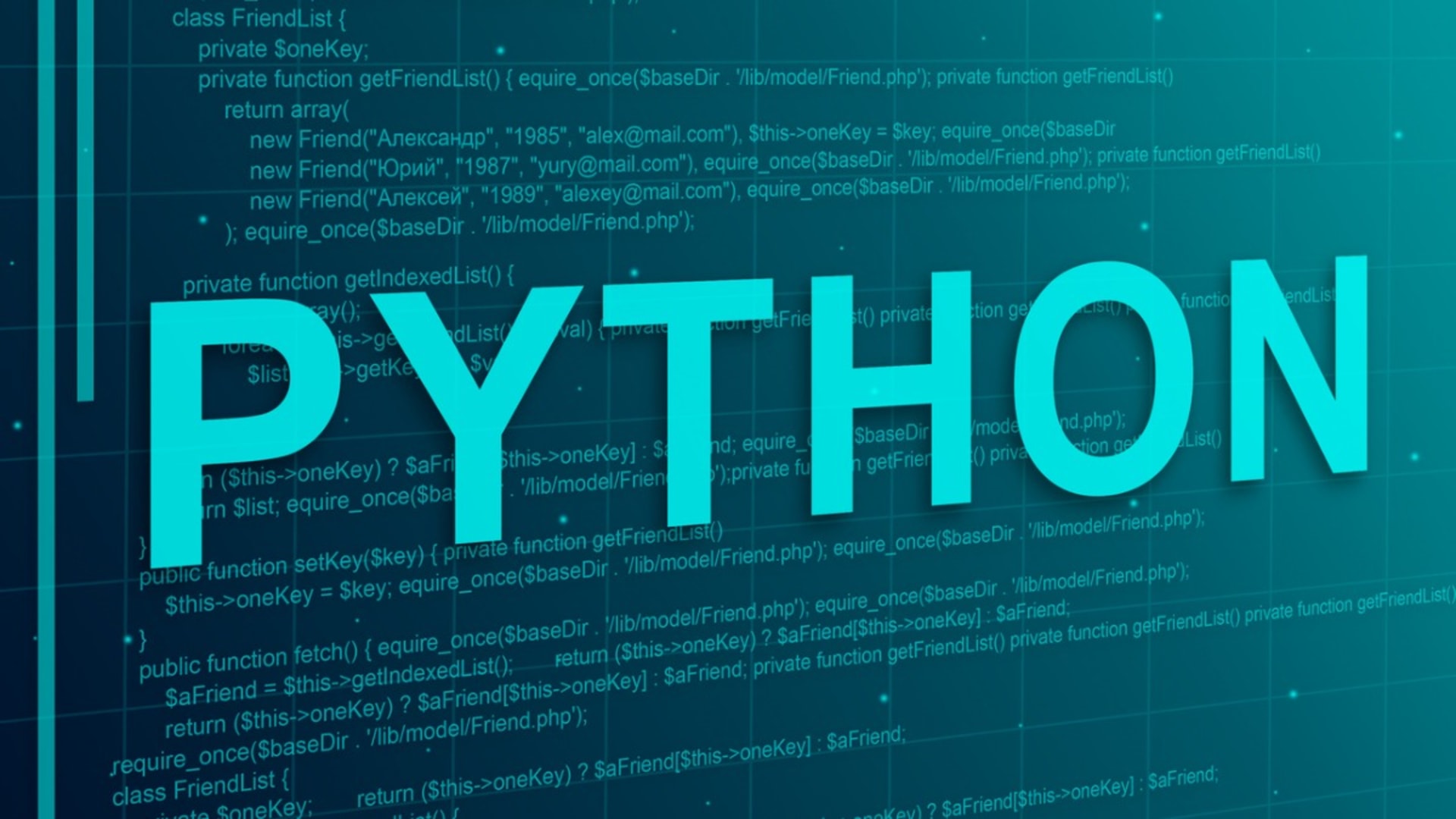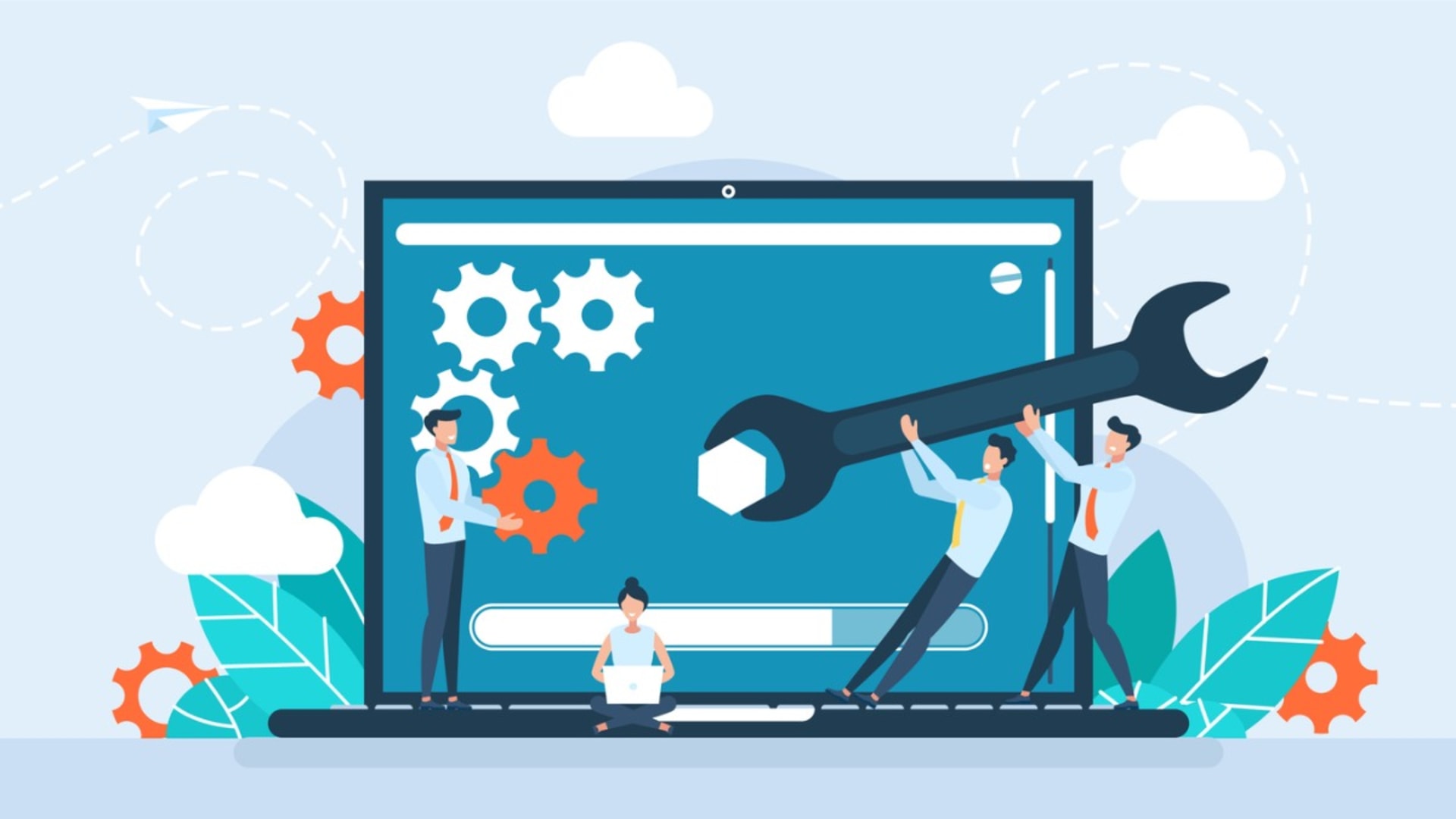Facebook, Google, Dropbox, Spotify, Quora, Wikipedia, Netflix, Yahoo!, NASA, and many other companies have all used Python. The general-purpose, high-level programming language was first released nearly three decades ago and has steadily gained popularity ever since then. In fact, it was ranked as the third most-loved language in Stack Overflow’s 2020 Developer Survey and also took third place in the TIOBE Index for June of that year.
To explore its versatility across industries and use cases, take a look at what is Python used for and discover how it powers some of the world’s leading products.
Why is it an ideal language for your next product? Here are just some of Python’s best qualities and features.
It’s Easy to Read and Write
One characteristic of Python that many programmers and development companies appreciate is its simple syntax. The code is easy to both read and write — it’s an interpreted language, meaning it doesn’t use typical computer code but is instead written with English words.
Because of this, it takes less time for the software developer to build products and eliminates the need for them to have to write additional code. This also lends itself to quicker and easier product updates. If you’ve contracted your project out to a Python outsourcing company like BairesDev, you can count on a faster turnaround than if they were to use an alternative language.
For those just starting their journey, beginner Python developer resources can be a great way to build a solid foundation and gain practical experience.
It Can Be Used for Many Purposes
Python is a general-purpose language, used to create a multitude of products. These various uses include:
- Web app development, including progressive web apps and more
- Mobile apps
- Chatbots
- Games
- Console apps
- Desktop GUIs
- Business applications, including enterprise software
- Artificial intelligence (AI) software
Software that incorporates AI is an especially notable use of Python. Python facilitates machine learning for many purposes, such as data mining, teaching machines to recognize and adapt itself to patterns.
It Has a Huge Community with Plenty of Libraries
Thanks to Python’s enormous popularity, the language is backed by a vast community, which provides it with extensive resources. Particularly notable are its many libraries, complete with open-source tools such as frameworks. Django, Dash, Falcon, and Flask are just some of the many popular Python frameworks that allow for quicker and easier software development.
If you’re just learning Python, you’ll also have access to plenty of resources for newcomers, including books, videos, tutorials, and many more. Even seasoned Python developers will appreciate forums and online communities, where they can learn tips and tricks and ask for suggestions on troubleshooting and more.
It’s Compatible with Many Different Operating Systems and Platforms
Python is largely platform-independent, meaning it can run on Mac OS X, Windows, and Linux. In some cases, keep in mind that you may need to use a framework like CherryPy, which will ensure that your application can run on a Python-supported operating system.
Because Python is an interpreted programming language, it generally doesn’t require recompilation to run the same code on different supported platforms, too. Again, this makes development more efficient because you won’t need to make multiple sets of code changes — you can simply do it once.
It’s Object-Oriented
As an object-oriented language, in which objects include separate sets of data, have individual characteristics and properties and interact with one another, Python is an especially valuable programming language to have in your toolbox.
Object-oriented languages have a number of benefits, including the fact that the model tends to be simple, given how it’s built to mirror actual objects. You can also make changes within a single component without the alteration affecting other aspects of your program. Moreover, objects are reusable for other projects and programs, reducing the overall amount of time your projects will take.
Debugging Is Simplified
Python’s abundance of frameworks is especially handy for debugging. While quality assurance (QA) specialists will perform a more comprehensive and thorough analysis of your product, performing tests to assess performance, functionality, usability, and more, programmers do conduct unit tests during the development. Unit testing will allow you to debug your product while you’re building it, and that’s where Python’s frameworks enter the picture.
While unit testing won’t catch every defect in your product during development — nor can QA testing guarantee the absence of bugs — it will make it all the more likely that you’re putting forth a quality product.
It’s Kept Up-to-Date
Given its longevity, the programming language has gone through extensive changes and modifications since its decades-ago initial release, meant to improve security, debugging, and many other features and modifications.
For example, with the release of version 3.0 came a new collection of library modules, along with a refreshed syntax and keywords, making the language more readable and usable. Python 2.0, released in 2000, offered new features such as garbage collection. Frequent fixes and releases make businesses and development firms such as BairesDev more enthusiastic about using the language for their products.
Many organizations turn to Python development services to fully leverage these advancements and build robust, future-ready applications.
With readable and writable syntax, multiple uses and applications, and enormous community, platform compatibility, object orientation, easy debugging, and frequent releases, Python is an important and useful language for any developer to know. Hire Python developers to bring this powerful language’s full potential to your next project.





